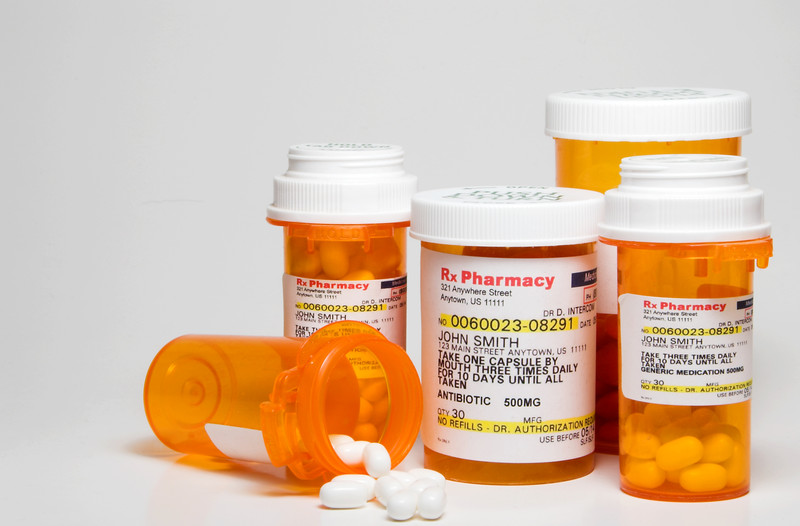Opioids are a broad category of drugs that include prescription painkillers like morphine and oxycodone as well as heroin. According to statistics, around 5% of the United States population misuses opioid drugs. Also called opiates, these drugs cause psychological and physical dependence. Many people cannot stop using opioid drugs without help. Rehabilitation (rehab) offers help for people addicted to prescription opioid drugs.
The Problem
Providers wrote 340 million opioid prescriptions in 2013 alone. This is enough for every person in America to have their own bottle of pills. Studies show that the most common drugs associated with opioid overdose deaths include methadone, oxycodone, and hydrocodone. In 2014, more people died from drug overdoses than any year in history. Since 1999, the number of overdose deaths related to prescription opioids nearly quadrupled.
When abused, prescription narcotic painkillers unload endorphins into the body at a rate of 100 times what would normally be produced. This negatively affects brain and nerve cells. When the system is flooded with endorphins, the user experiences a pleasurable sensation that he or she develops a craving.
Inpatient Rehab
Opiate addiction is tough, but it is treatable. Private rehabilitation inpatient programs provide a place to live, meals, and on-site treatment. Many of these facilities receive federal funds, state funds, and donations, which cuts the cost down considerably. A residential rehab facility is for severely addicted people. Using opiates does not always indicate addiction. Abuse of opiates could require treatment, however. Abusing prescription opioid drugs means you are taking higher doses than prescribed, smoking and/or snorting the drug, and using it in excess.
Inpatient rehab offers privacy for the addict so he/she can recover without legal ramifications. The length of the program depends on several factors, with the average stay in an inpatient center being 28 days. For severe opiate addiction, a 60 or 90-day treatment program is advisable.
Medications for Opioid Addiction
Most inpatient rehab centers offer medication to help with prescription drug addiction. Naltrexone, buprenorphine, and methadone are all medications used to treat opioid drug addiction. These medications are used in conjunction with behavioral counseling approaches:
- Naltrexone – This is an antagonist medication that prevents opiates from activating their brain receptors. This drug can help treat overdose but its use for addiction is limited to poor tolerability and adherence by clients.
- Vivitrol – This is a long-acting form of naltrexone that is used to treat opioid addiction. Vivitrol is given once each month and is best for people who cannot take medicines regularly.
- Methadone – This is a synthetic opioid agonist that stops withdrawal symptoms and relieves drug urges and cravings. This medication works on the same brain sites as opioids.
- Buprenorphine – This partial opioid agonist is prescribed to reduce drug cravings.
Tips for Achieving Recovery
To recover from a prescription drug addiction, a person must have support and be determined. Some tips for achieving recovery include:
- Staying healthy – Recovery is an encompassing issue, and the program is lengthy and involves follow-up care. A healthy person has a better chance of achieving sobriety than someone with many health problems.
- Having the right attitude – If you want to kick your drug habit, hang around people who give you a positive feeling. Your chances of a successful recovery depend on your positive attitude.
- Seeking professional treatment – You cannot recover from opiate addiction on your own. A rehab treatment center has trained substance abuse professionals who can get you on the right track.
Resources
Centers for Disease Control and Prevention (2016) Understanding the epidemic. Retrieved from: https://www.cdc.gov/drugoverdose/epidemic/


